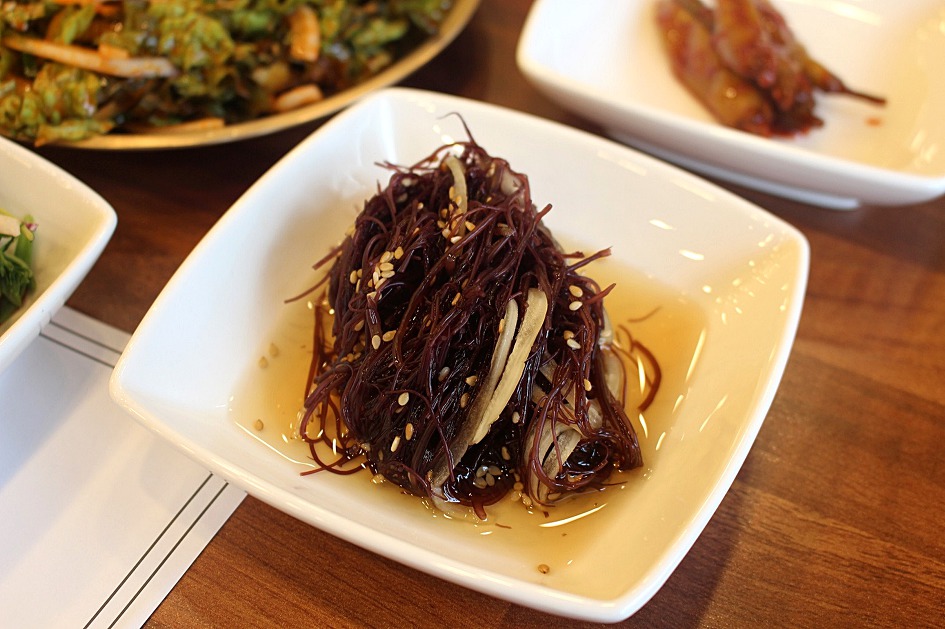|
Seonamhaeicola Marinus
''Seonamhaeicola marinus'' is a Gram-negative, facultatively anaerobic, rod-shaped and non-motile bacterium from the genus of ''Seonamhaeicola ''Seonamhaeicola'' is a genus of bacteria from the family of Flavobacteriaceae The family Flavobacteriaceae is composed of environmental bacteria. Most species are aerobic, while some are microaerobic to anaerobic; for example '' Capnocyt ...'' which has been isolated from the algae '' Gracilaria blodgettii''. References Flavobacteria Bacteria described in 2017 {{Flavobacteria-stub ... [...More Info...] [...Related Items...] OR: [Wikipedia] [Google] [Baidu] |
Gram-negative
Gram-negative bacteria are bacteria that do not retain the crystal violet stain used in the Gram staining method of bacterial differentiation. They are characterized by their cell envelopes, which are composed of a thin peptidoglycan cell wall sandwiched between an inner cytoplasmic cell membrane and a bacterial outer membrane. Gram-negative bacteria are found in virtually all environments on Earth that support life. The gram-negative bacteria include the model organism ''Escherichia coli'', as well as many pathogenic bacteria, such as ''Pseudomonas aeruginosa'', ''Chlamydia trachomatis'', and ''Yersinia pestis''. They are a significant medical challenge as their outer membrane protects them from many antibiotics (including penicillin), detergents that would normally damage the inner cell membrane, and lysozyme, an antimicrobial enzyme produced by animals that forms part of the innate immune system. Additionally, the outer leaflet of this membrane comprises a complex lipo ... [...More Info...] [...Related Items...] OR: [Wikipedia] [Google] [Baidu] |
Facultatively Anaerobic
A facultative anaerobic organism is an organism that makes ATP by aerobic respiration if oxygen is present, but is capable of switching to fermentation if oxygen is absent. Some examples of facultatively anaerobic bacteria are ''Staphylococcus'' spp., ''Escherichia coli'', ''Salmonella'', ''Listeria'' spp., ''Shewanella oneidensis'' and ''Yersinia pestis''. Certain eukaryotes are also facultative anaerobes, including fungi such as ''Saccharomyces cerevisiae'' and many aquatic invertebrates such as nereid polychaetes. See also * Aerobic respiration * Anaerobic respiration * Fermentation * Obligate aerobe * Obligate anaerobe * Microaerophile A microaerophile is a microorganism that requires environments containing lower levels of dioxygen than that are present in the atmosphere (i.e. < 21% O2; typically 2–10% O2) for optimal growth. A more re ... References External links < ...[...More Info...] [...Related Items...] OR: [Wikipedia] [Google] [Baidu] |
Rod-shaped
A bacillus (), also called a bacilliform bacterium or often just a rod (when the context makes the sense clear), is a rod-shaped bacterium or archaeon. Bacilli are found in many different taxonomic groups of bacteria. However, the name ''Bacillus'', capitalized and italicized, refers to a specific genus of bacteria. The name Bacilli, capitalized but not italicized, can also refer to a less specific taxonomic group of bacteria that includes two orders, one of which contains the genus ''Bacillus''. When the word is formatted with lowercase and not italicized, 'bacillus', it will most likely be referring to shape and not to the genus at all. Bacilliform bacteria are also often simply called rods when the bacteriologic context is clear. Bacilli usually divide in the same plane and are solitary, but can combine to form diplobacilli, streptobacilli, and palisades. * Diplobacilli: Two bacilli arranged side by side with each other. * Streptobacilli: Bacilli arranged in chains. * Coccobac ... [...More Info...] [...Related Items...] OR: [Wikipedia] [Google] [Baidu] |
Seonamhaeicola
''Seonamhaeicola'' is a genus of bacteria from the family of Flavobacteriaceae The family Flavobacteriaceae is composed of environmental bacteria. Most species are aerobic, while some are microaerobic to anaerobic; for example '' Capnocytophaga'' and ''Coenonia''. Genera The family ''Flavobacteriaceae'' comprises the f .... References Flavobacteria Bacteria genera Taxa described in 2014 {{Flavobacteria-stub ... [...More Info...] [...Related Items...] OR: [Wikipedia] [Google] [Baidu] |
Gracilaria Blodgettii
''Gracilaria'' is a genus of red algae (Rhodophyta) notable for its economic importance as an agarophyte, as well as its use as a food for humans and various species of shellfish. Various species within the genus are cultivated among Asia, South America, Africa and Oceania. Taxonomy ''Gracilaria'' contains the following subtaxa: *'' Gracilaria abbottiana'' M.D.Hoyle *'' Gracilaria abyssalis'' Gurgel & Yoneshigue-Valentin *'' Gracilaria aculeata'' (Hering) Papenfuss *'' Gracilaria aggregata'' Hooker f. & Harvey *'' Gracilaria ambigua'' Greville *''Gracilaria apiculata'' P.Crouan & H.Crouan ** ''Gracilaria apiculata'' subsp. ''candelabriformis'' Gurgel, Fredericq & J.N.Norris *'' Gracilaria apiculifera'' J.Agardh ** ''Gracilaria arcuata'' f. ''rhizophora'' Børgesen ** ''Gracilaria arcuata'' var. ''attenuata'' Umamaheswara Rao ** ''Gracilaria arcuata'' var. ''snackeyi'' Weber Bosse *''Gracilaria arcuata'' Zanardini *''Gracilaria armata'' (C.Agardh) Greville *'' Gracilaria articula ... [...More Info...] [...Related Items...] OR: [Wikipedia] [Google] [Baidu] |
Flavobacteria
The class Flavobacteriia is composed of a single order of environmental bacteria. According to Bernardet ''et al''., Flavobacteriia are Gram-negative aerobic rods, 2–5 μm long, 0.3–0.5 μm wide, with rounded or tapered ends that are motile by gliding, yellow (cream to orange) colonies on agar, decompose several polysaccharides but not cellulose, G+C contents of 32–37%, and are widely distributed in soil and fresh and seawater habitats. In particular, Flavobacteriia are prominent members of marine biofilms. The type species In zoological nomenclature, a type species (''species typica'') is the species name with which the name of a genus or subgenus is considered to be permanently taxonomically associated, i.e., the species that contains the biological type specime ... ''Flavobacterium aquatile'' was isolated from a well in Kent, England. Flavobacteriia are a group of commensal bacteria and opportunistic pathogens. '' Flavobacterium psychrophilum'' ... [...More Info...] [...Related Items...] OR: [Wikipedia] [Google] [Baidu] |

